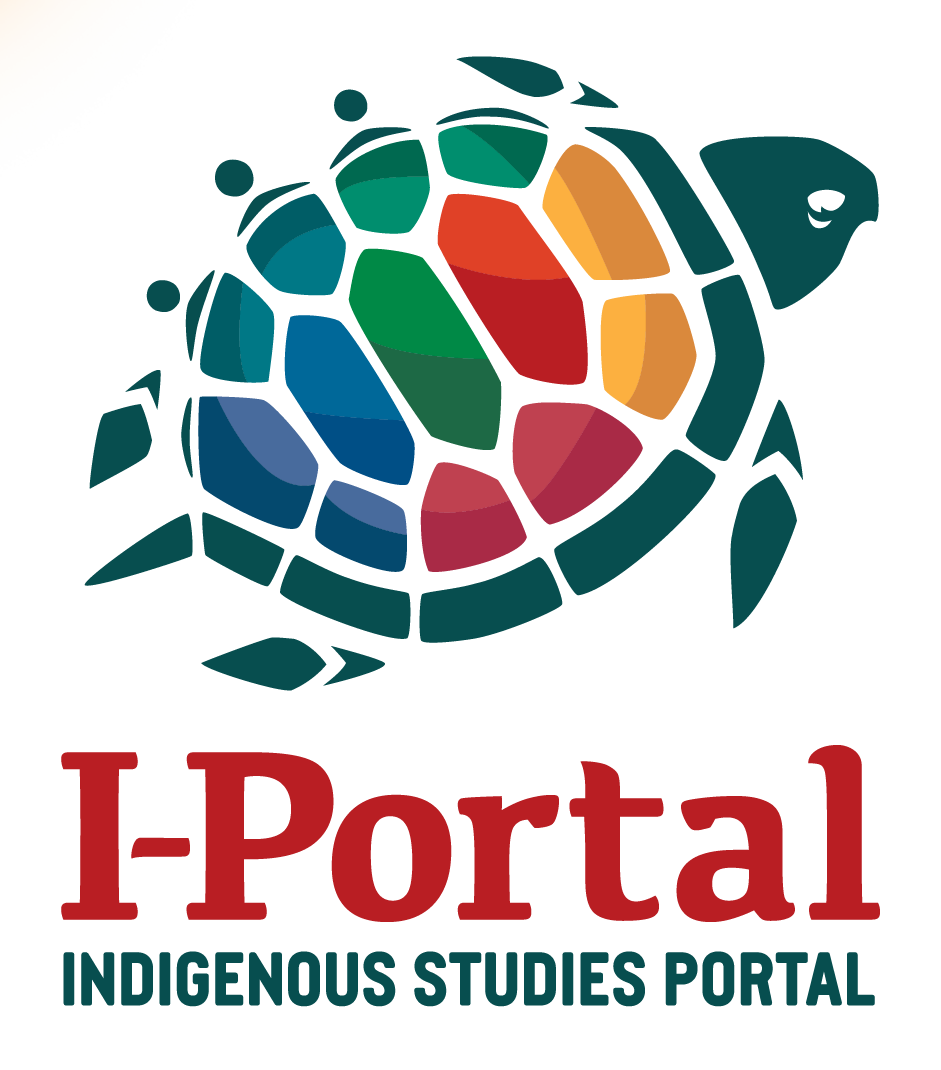1676, The End of American Independence
E-Books
Author/Creator
Stephen S. Webb

Collection of primary documents dealing with the conflict that
Lesson plan designed for elementary students.
Related material: Teaching Guide.